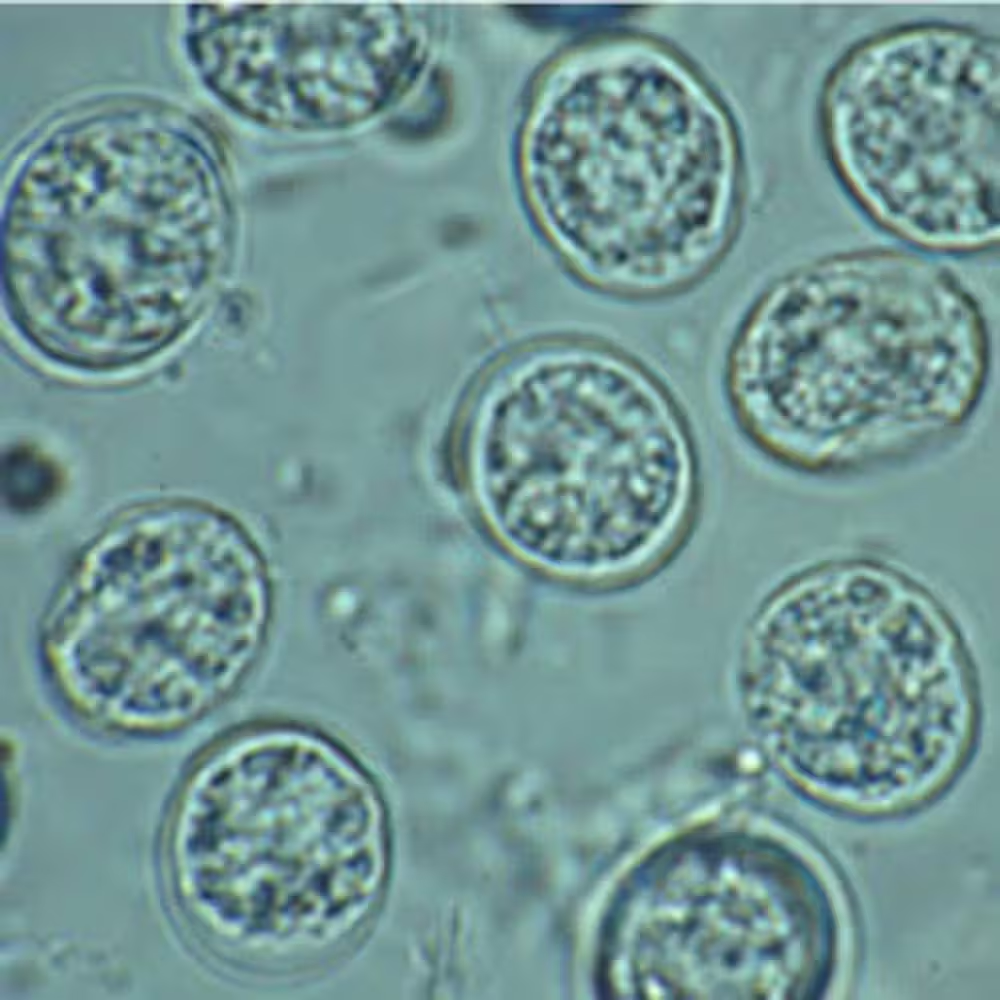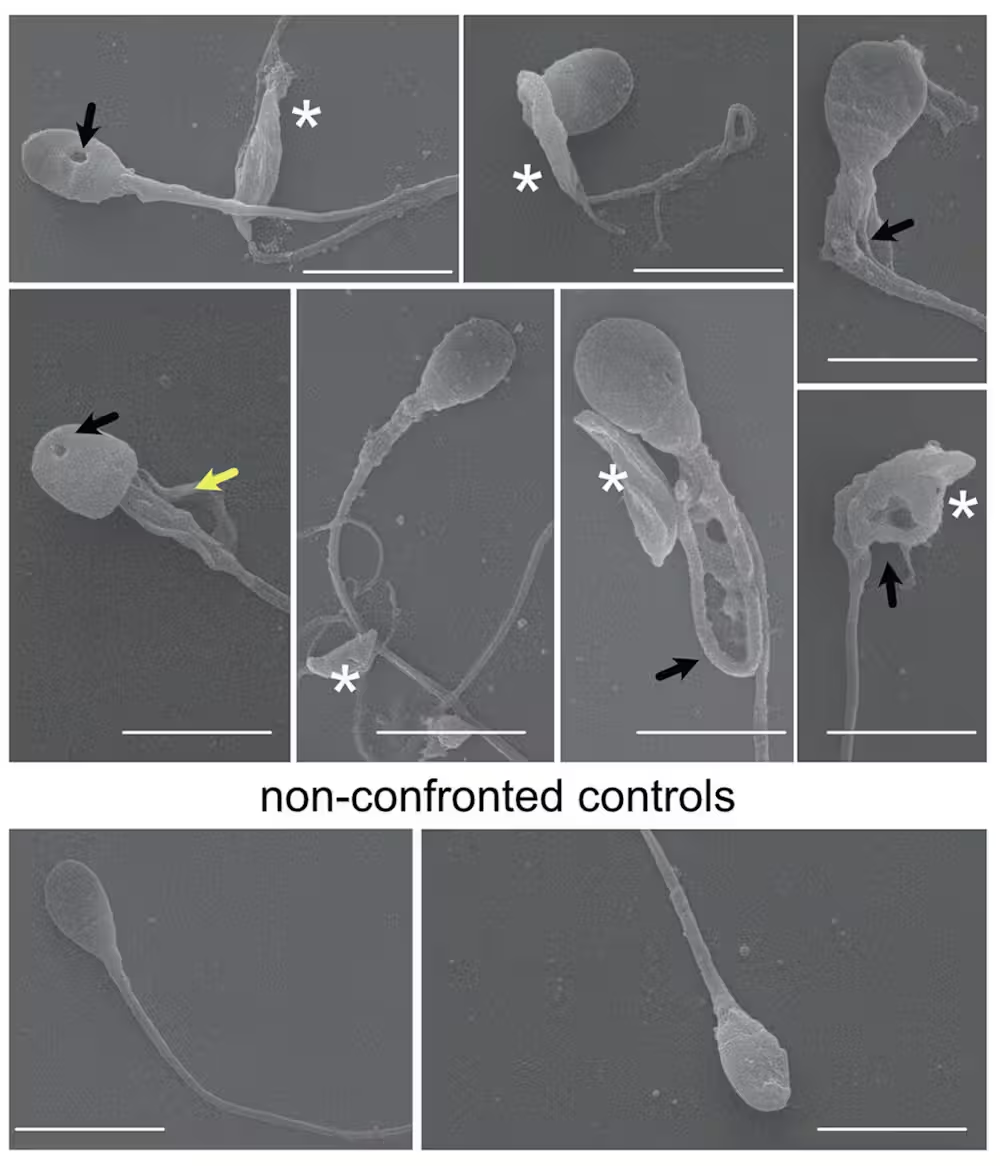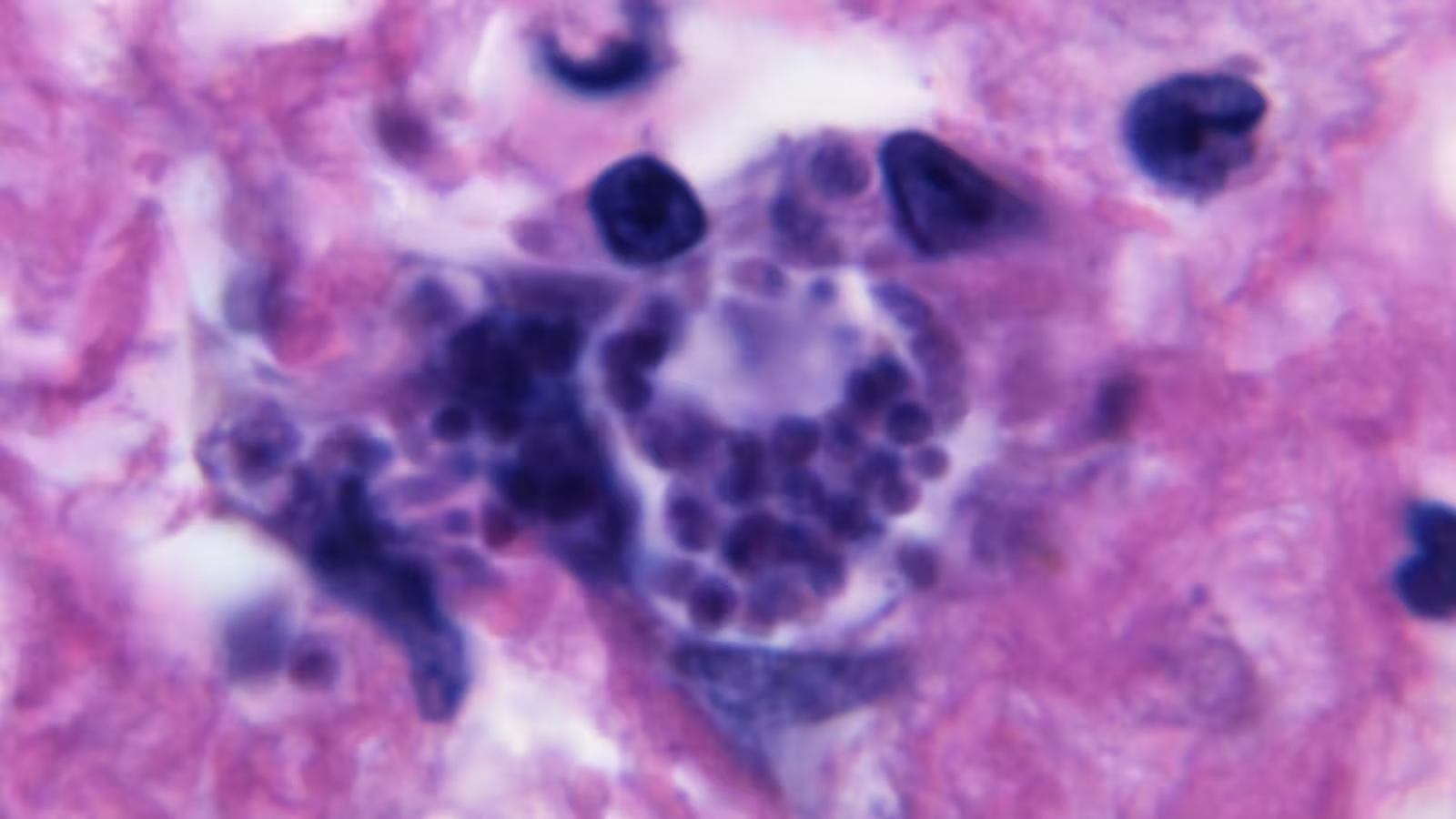6 Minutes
The Silent Plunge in Male Fertility: Searching for Answers
Over recent decades, scientists have observed a dramatic decline in male fertility worldwide. Since the 1940s, studies have documented a steady reduction in sperm count and quality, and between 1990 and 2019, male infertility rates have surged by nearly 80%. While suspected contributors include rising obesity rates, unhealthy diets, and exposure to industrial toxins, one influential but underappreciated factor may be infectious disease.
Among these, Toxoplasma gondii—a single-celled protozoan parasite—has emerged as a possible hidden driver of this downward trend. A groundbreaking study published in April 2025 provided the first direct evidence that T. gondii can physically damage human sperm cells, causing the sperm heads to separate from their tails during contact. As research continues to unravel this phenomenon, understanding the parasite’s reach and impact is more urgent than ever.
Understanding Toxoplasma gondii: Prevalence and Transmission
Toxoplasma gondii is one of the most common parasites affecting humans. Carried by as much as half the global population, its success is tied to its complex life cycle and diverse routes of transmission.
Modes of Infection
The parasite’s eggs, known as oocysts, are mainly shed by infected cats in their feces, contaminating soil, sandpits, gardens, and litter boxes. Humans may come into contact with Toxoplasma by handling cat litter, gardening without gloves, or consuming contaminated water. Unwashed fruits and vegetables, raw or undercooked shellfish, and untreated water are additional sources.
Toxoplasma can also exist as tissue cysts within the muscles of warm-blooded animals. If meat containing these cysts is eaten without proper cooking, infection can occur. Notably, T. gondii is remarkably resilient, allowing it to persist in the environment and within its animal hosts for years.
Chronic and Latent Infections
Most people infected with T. gondii show mild or no symptoms, as the immune system suppresses active infection and locks the parasite in dormant cysts found principally in the brain, heart, and skeletal muscles. However, these cysts can reactivate, especially in immunocompromised individuals, leading to serious complications and organ damage.
Estimates suggest between 30% and 50% of the global population are chronically infected due to this parasite’s tenacity and widespread exposure risks.

Toxoplasma’s Impact on Male Reproductive Health
Mounting research is revealing new layers of risk. While T. gondii can invade nearly every organ, its effects on male reproductive organs are only now coming into sharper focus.
Historical Clues: Early Observations and Recent Studies
First during the AIDS epidemic in the 1980s, doctors reported cases of Toxoplasma infecting the testicles of immunocompromised patients. While such severe forms are rare in healthy men, subsequent animal studies have shown that the parasite can rapidly travel to the testes, brain, and eyes within days of infection. Research even finds that T. gondii forms cysts in the prostate of infected mice and may be detectable in the semen of various animals, suggesting the possibility of sexual transmission.
A 2021 study from Prague found that more than 86% of 163 Toxoplasma-infected men showed semen abnormalities. Earlier research in China demonstrated that Toxoplasma infections were notably more common among infertile couples and men, further linking the parasite to diminished reproductive capacity.
Experimental Evidence: Direct Damage to Sperm Cells
Animal models show stark parallels to human cases. Mice, rats, and rams infected with T. gondii exhibit sharply reduced sperm counts and a higher proportion of malformed sperm. The April 2025 study led by scientists from Germany, Uruguay, and Chile shed important new light by exposing human sperm to Toxoplasma in laboratory settings. After only five minutes of interaction, over 22% of sperm cells had lost their heads—a process critical for sperm function and the successful fertilization of eggs. The longer the sperm remained in contact, the greater the damage observed, including distorted shapes and holes in sperm heads, suggesting direct invasion by the parasite.
Toxoplasma also triggers persistent inflammation when it infects tissues, which can further impair sperm production and overall fertility. Chronic inflammation in the male reproductive tract is well known to reduce sperm health and function.
Broader Implications and Cautious Interpretation
Although the evidence linking Toxoplasma to male infertility is compelling, especially in animal models, the extent of its impact in the general human population remains under investigation. Testicular toxoplasmosis in healthy individuals is rare, and existing human studies have often involved relatively small participant groups, limiting the strength of their conclusions.
Moreover, data indicate that Toxoplasma infection rates have not grown significantly in high-income countries, even as male fertility has declined. This suggests that T. gondii is likely only one factor among many contributing to the global fertility crisis. Nonetheless, its role as a possible co-factor underscores the importance of infection prevention and the need for further research.

Preventing Toxoplasma Infection: Best Practices
Given its potential dangers—not just for fertility but also for pregnancy loss, birth defects, and life-threatening illness in immunocompromised people—minimizing exposure to T. gondii is prudent for everyone.
- Always wash hands thoroughly after handling cat litter or gardening.
- Clean litter boxes daily and keep cats indoors if possible.
- Wash fruits and vegetables under running water before consuming.
- Cook meat to recommended safe temperatures to destroy tissue cysts.
- Avoid consuming raw shellfish, untreated water, and unpasteurized milk.
T. gondii is the leading cause of death from foodborne illness in the United States, making proper food handling and hygiene crucial public health measures. Pregnant individuals and those with weaker immune systems should exercise heightened precautions to prevent infection.
Conclusion
As our understanding of Toxoplasma gondii’s impact on human health evolves, its potential role in declining male fertility adds an urgent clinical and public health dimension to ongoing research. While the evidence for direct sperm damage is growing, particularly in animal experiments and laboratory studies, more large-scale, longitudinal studies in humans are needed to clarify its true significance. In the meantime, simple preventive actions can substantially reduce individual and community risk from this parasite, protecting not only fertility but also broader health outcomes. Ongoing surveillance, scientific inquiry, and public education will be vital in unraveling the complex interplay between infectious disease and reproductive health in the modern era.


Comments